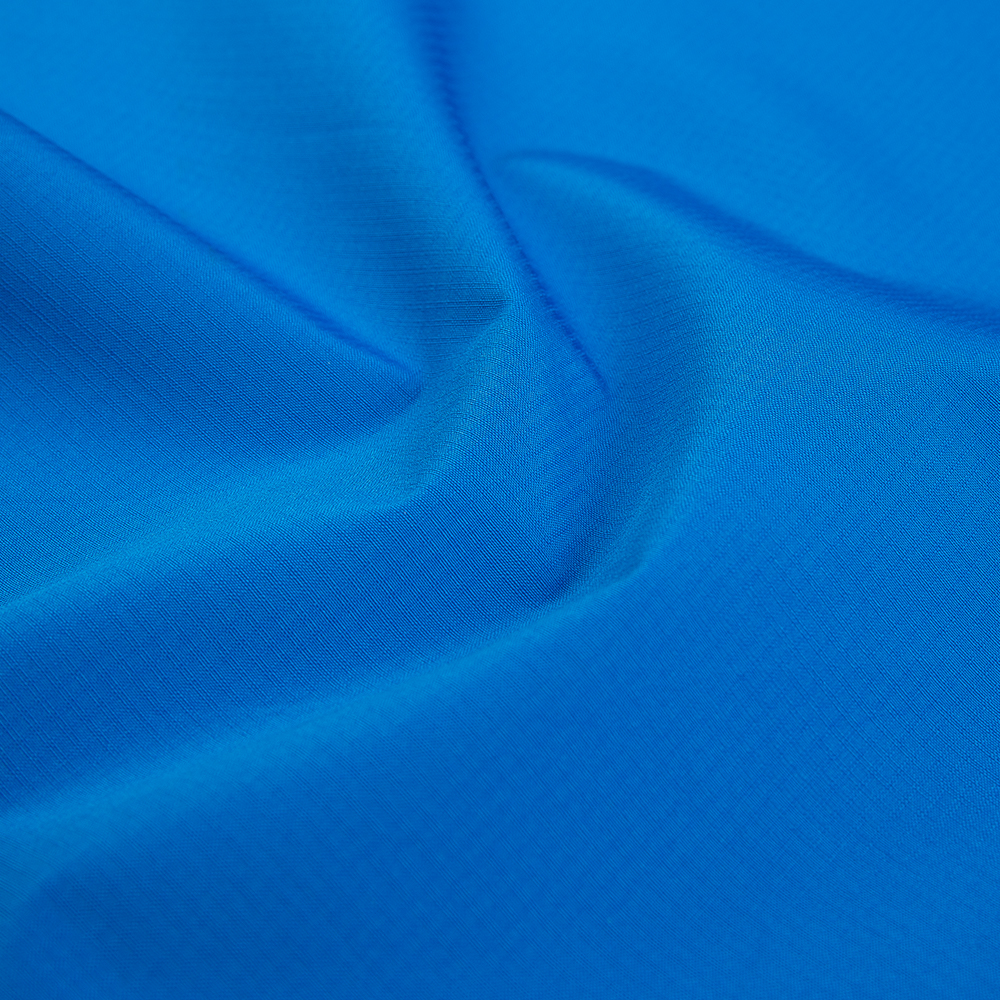1. Waterproofness Testing Standards
Waterproofness of TPU laminated fabrics is crucial for applications like outdoor gear, medical textiles, and protective clothing. The standards focus on the fabric’s ability to resist water penetration under pressure.
-
AATCC 127 – Water Resistance: Hydrostatic Pressure Test
This is one of the most widely used methods to measure waterproofness. The test determines the hydrostatic pressure the fabric can withstand before water penetrates.-
The fabric sample is clamped over a water column.
-
Water pressure is gradually increased, and the pressure at which water starts to seep through is recorded (in mm H2O or Pa).
-
Higher values indicate better waterproof performance.
-
-
ISO 811 – Textile Fabrics: Determination of Resistance to Water Penetration (Hydrostatic Pressure Method)
This international standard is very similar to AATCC 127 and is often used globally. It measures the pressure required to force water through the fabric under controlled conditions.-
Used for fabrics intended for waterproof garments, covers, and industrial applications.
-
-
AATCC 35 / ASTM D751 – Water Resistance: Rain Test
This test simulates rainfall and checks for fabric’s ability to resist water penetration when exposed to a spray of water.-
Often used for outerwear fabrics but less quantitative than hydrostatic pressure tests.
-
-
JIS L 1092 – Textile Fabrics: Water Resistance Test by Hydrostatic Pressure
The Japanese equivalent of ISO 811, it measures water penetration resistance under hydrostatic pressure.
2. Peel Strength Testing Standards
Peel strength is critical for TPU laminated fabrics because it measures the bond strength between the TPU film and the base fabric, indicating lamination durability.
-
ASTM D1876 – Standard Test Method for Peel Resistance of Adhesives (T-Peel Test)
This is the most common method used to evaluate the peel strength of laminated materials, including TPU fabrics.-
A “T” shaped specimen is prepared where the TPU film and base fabric are bonded.
-
The specimen is pulled apart at a specified speed, and the force required to peel the layers apart is recorded.
-
Results are usually reported in Newtons per inch (N/in) or Newtons per millimeter (N/mm).
-

-
ISO 11339 – Textiles — Determination of the T-Peel Strength of Bonded Assemblies
This international standard specifies the procedure for measuring the peel strength of bonded fabric assemblies.-
Similar in method to ASTM D1876, it provides guidelines on specimen preparation, test speed, and reporting.
-
-
DIN EN 1939 – Adhesives – Peel Test
The European standard for peel testing of adhesive bonds, applicable for laminates including TPU fabrics.-
Defines testing conditions and reporting for peel strength measurements.
-
Additional Notes
-
Test Conditions:
Both waterproofness and peel strength tests require strict control of environmental factors such as temperature and humidity, as these can influence results.-
Peel strength tests may also be performed after aging or exposure to chemicals or washing cycles to evaluate durability.
-
-
Sample Preparation:
For peel tests, specimens must be carefully cut and conditioned to ensure reproducibility. For waterproof tests, fabric samples need to be free of defects and represent the final laminated product.
Summary
| Property | Common Testing Standards | Key Features |
|---|---|---|
| Waterproofness | AATCC 127, ISO 811, JIS L 1092, AATCC 35 | Hydrostatic pressure, rainfall simulation |
| Peel Strength | ASTM D1876, ISO 11339, DIN EN 1939 | T-peel test measuring bond strength |
These standards help manufacturers ensure TPU laminated fabrics meet performance criteria for their intended applications, guaranteeing durability, waterproof integrity, and user safety.











